BY THE VILLAGE SUN | With roughly 200 works by 60 Mexican and American artists, a major exhibition at the Whitney Museum of American Art reorients art history by showing the profound impact Mexican muralists had on their United States counterparts during the first half of the 20th century.
“Vida Americana: Mexican Muralists Remake American Art, 1925–1945,” opened Feb. 17 and runs through May 17.
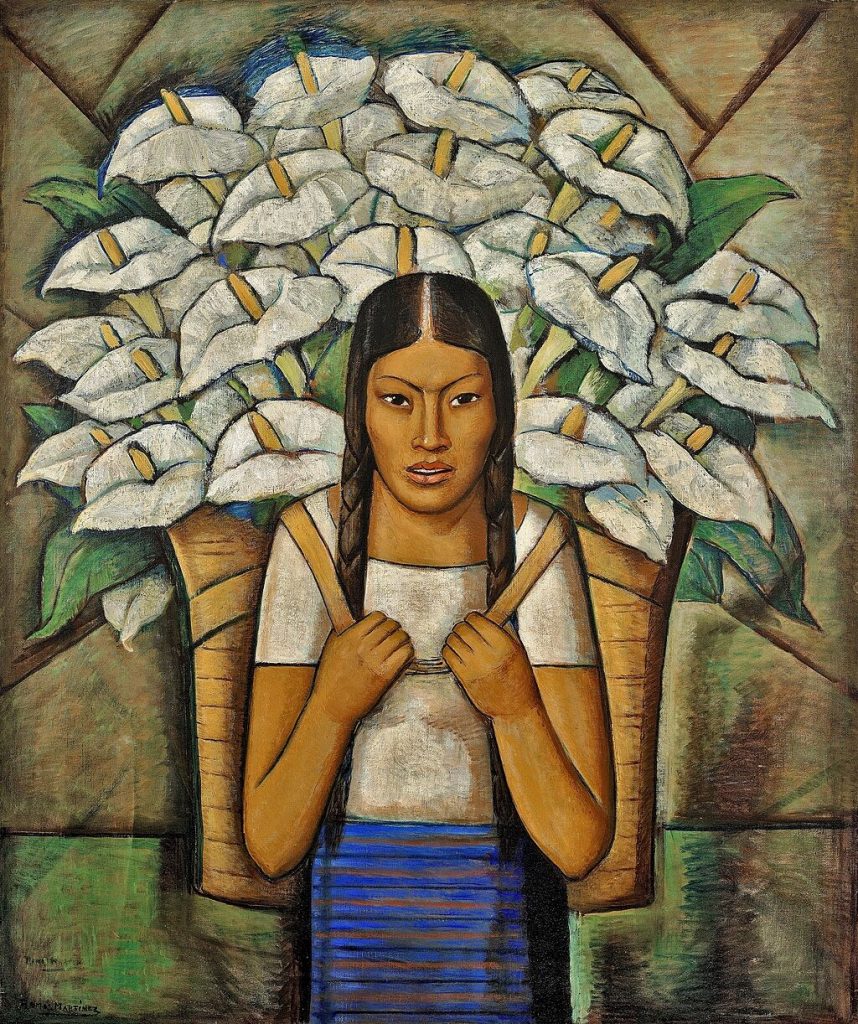
Mexico underwent a radical cultural transformation at the end of its Revolution in 1920. A new relationship between art and the public was established, giving rise to art that spoke directly to the people about social justice and national life.
The model galvanized artists in the United States who were seeking to break free of European aesthetic domination to create publicly significant and accessible native art.
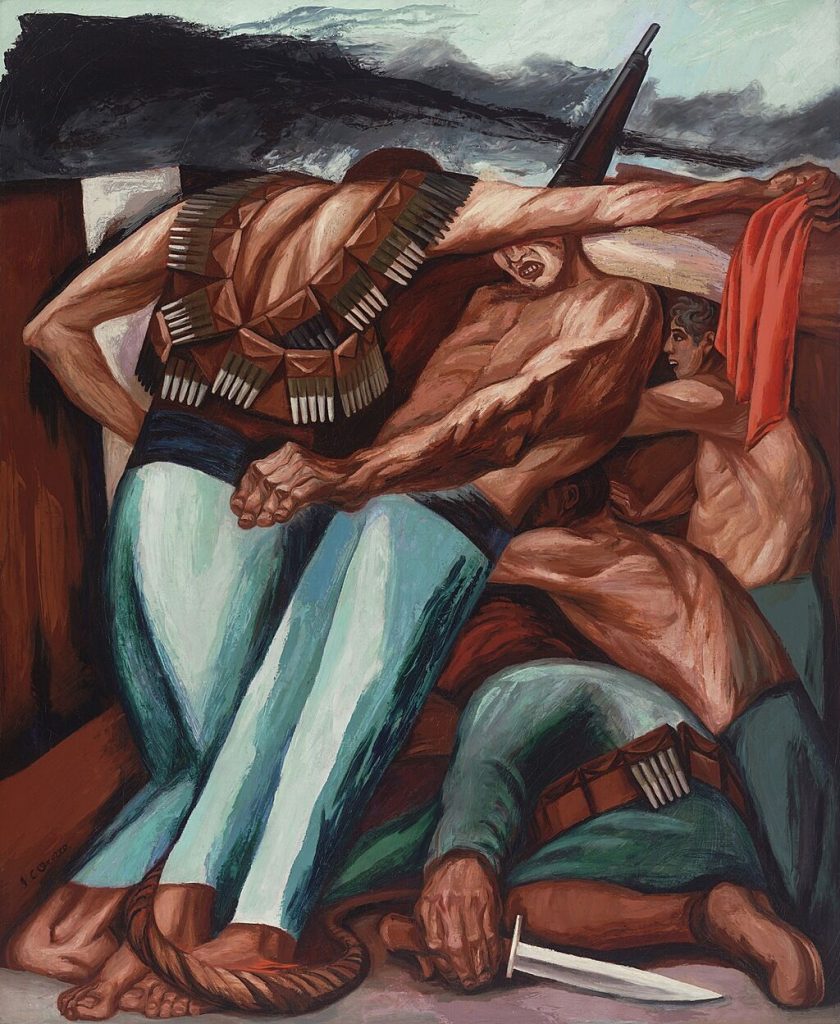
Numerous American artists traveled to Mexico, and the leading Mexican muralists —José Clemente Orozco, Diego Rivera and David Alfaro Siqueiros, known as Los Tres Grandes — spent extended periods of time in the U.S., executing murals, paintings and prints, exhibiting their work, and interacting with local artists.
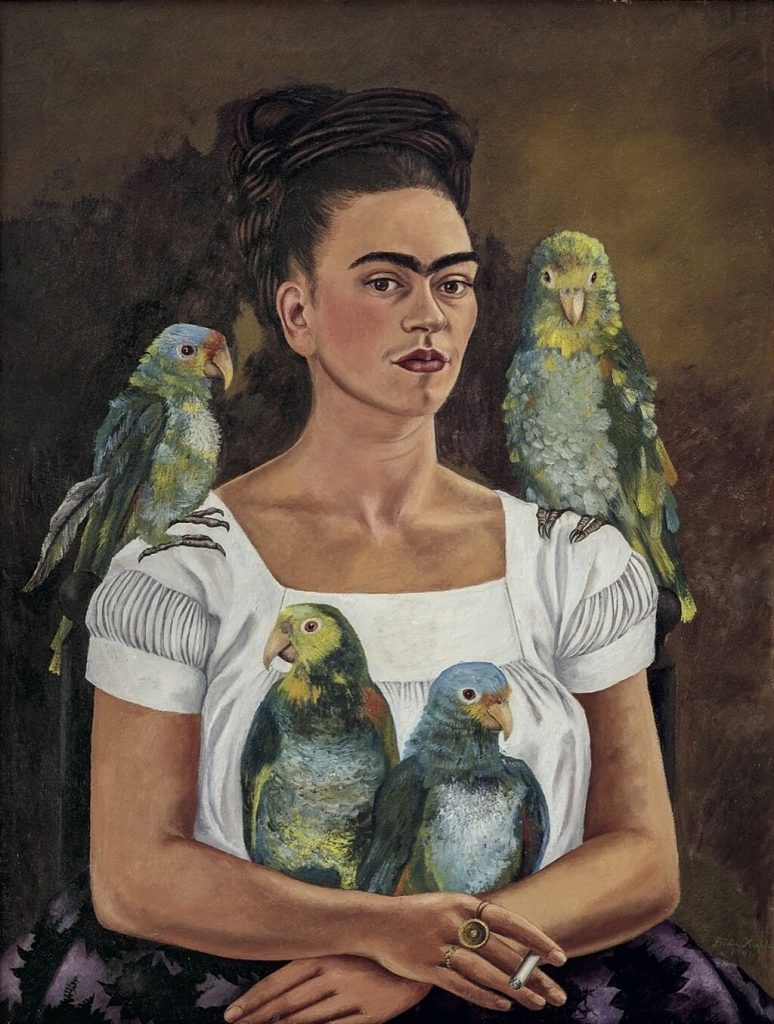
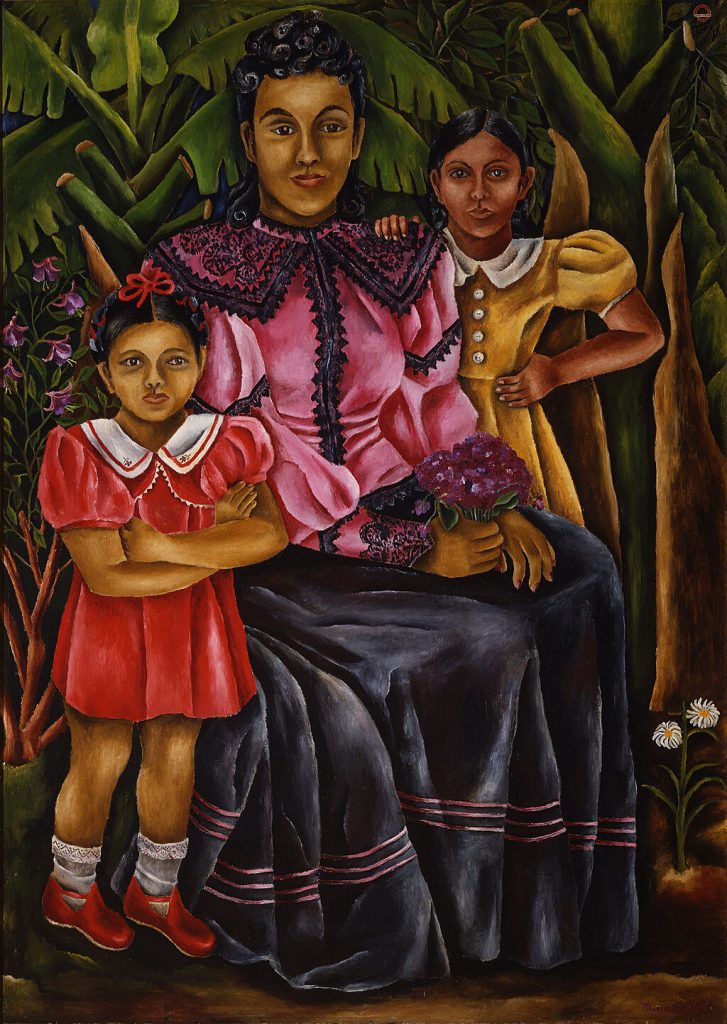
Their example inspired American artists both to create epic narratives about American history and everyday life and to use their art to protest economic, social and racial injustices.
The Whitney Museum is located at 99 Gansevoort St., and open Monday, Wednesday, Thursday, Saturday and Sunday, 10:30 a.m. to 6 p.m., and Friday, 10:30 a.m. to 10 p.m. Tickets to the “Vida Americana” exhibit are $25 for adults; $18 for seniors, students and adults with disabilities; free for 18 and under and members. Fridays from 7 p.m. to 9:30 p.m., admission is pay what you wish.

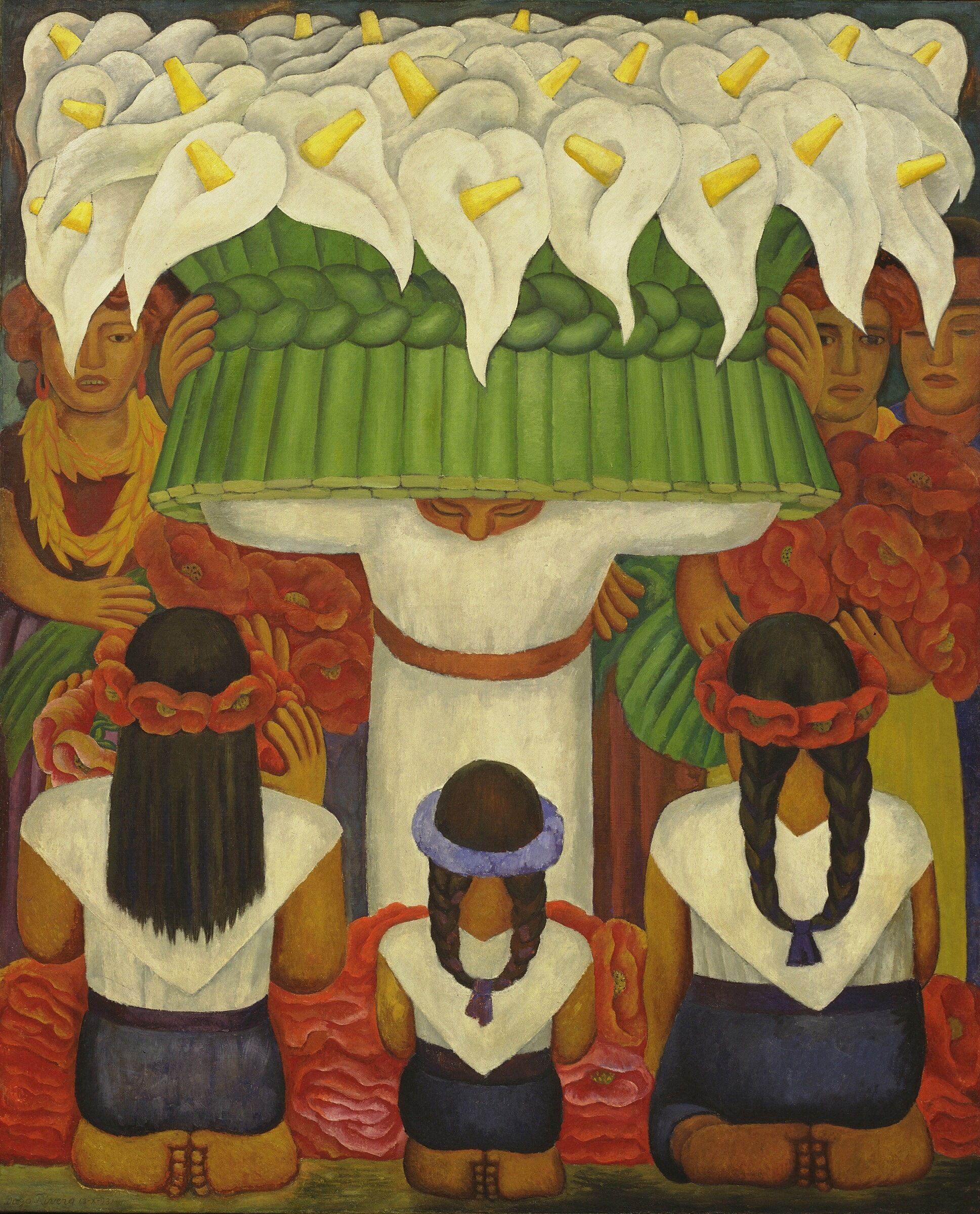
Be First to Comment